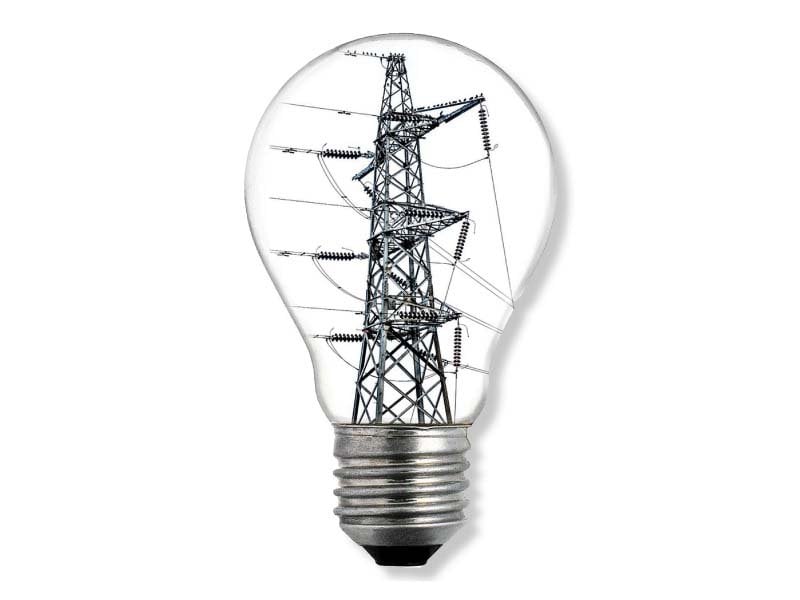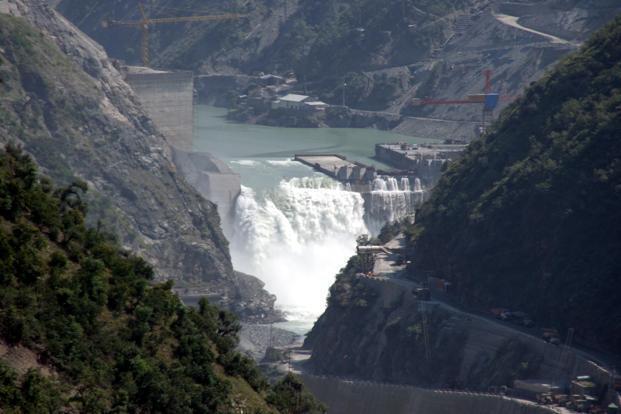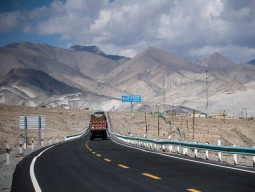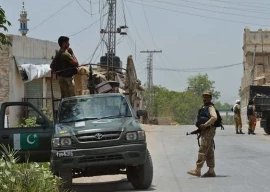
As per details provided by the National Transmission and Despatch Company (NTDC), the 500kV Guddu-Guddu, 500 kV Guddu-Rahim Yar Khan and 500 kV Balloki-New Lahore cct1&2 tripped due to extreme weather conditions and heavy fog in the morning. The had a domino effect and resulted in the tripping of the Guddu Power Plant (740MW), Balloki Power Plant (1,200MW), Kel Power (124MW), Nishat Power (185MW) and Nishat Chunian Power (195MW_. Thus the national grid faced a generation loss of 2,444MW and the distribution companies (DISCOS) were ordered to ensure load-management to save the system.
WAPDA chief dismisses 'conflict of interest' in awarding Mohmand Dam contract
The Lahore Electric Supply Company (LESCO) network was also affected as almost 20 lines of 132kv tripped due to the fog. Officials of the power division said electricity was partiality restored by 12 noon. The Baloki power plant was restored to its full generation capacity by the evening.
Blackouts became common in the metropolis during the tenures of the previous government as the country was facing an energy crisis. Compared to previous blackouts, this partial breakdown was quickly tackled.
The official further said it was fog which results in the tripping of transmission lines and power plants. The scope and duration of the power outage was limited to a few hours and to Lahore and its suburbs. He also said the tripping never resulted in a complete blackout. “Only load-shedding hours were increased due to this incident. However, by evening, the entire generation was back.”
Citizens reacted to the breakdown saying that it once again refreshed the memories of the days when the energy crisis was at its peak.
“In this winter, we are having the same feeling with the previous government when we were deprived of electricity and gas," Shoaib Johri, a resident of Lahore, told The Express Tribune. “The whole day we were looking at the clock as electricity was taking a break for an hour after every hour. “With this load-shedding, we do face a shortage of water supply from the Water and Sanitation Agency,” he added. Tariq Sikandar, another local, said a shortage of natural gas added fuel to the fire for Lahoris in this cold weather. “We can call it a dark day for citizens of Lahore as it reminds us of the recent past when the country, in general, was facing prolonged power outages as a matter of routine,” he said.
A former additional director general administration of WAPDA, Syed Liaquat Ali, termed it “forced load-shedding”. He said the generation capacity went down by more than 30% and that was why all the DISCOS were compelled to take steps for load management. Recently, in August, citizens braved prolonged power outages and frequent tripping as authorities failed to completely fix a technical fault. The fault occurred at the Bund Road Grid Station. The resulting breakdown had persisted for some 20 hours.
Curbing pilferage: IESCO books 10 for power theft
Several neighbourhoods, including Township, Green Town, Allama Iqbal Iqbal Town, Johar Town, Sabzazar, Multan Road, Ferozepur Road, Wahdat Road, Muslim Town, Sanda, Sant Nagar, RA Bazaar, Ghazi Road and other adjoining areas remained in the dark. Locals claimed these areas faced frequent power outages due to the sheer negligence of the NTDC and LESCO.
The prolonged power outages also caused a shortage of water which added to the miseries of the public. An official of LESCO indicated that several grid stations, including Qartaba and Shadman, tripped following a technical fault in the transmission system and a subsequent fire at the Bund Road Grid Station.
Published in The Express Tribune, January 3rd, 2019.




































COMMENTS
Comments are moderated and generally will be posted if they are on-topic and not abusive.
For more information, please see our Comments FAQ